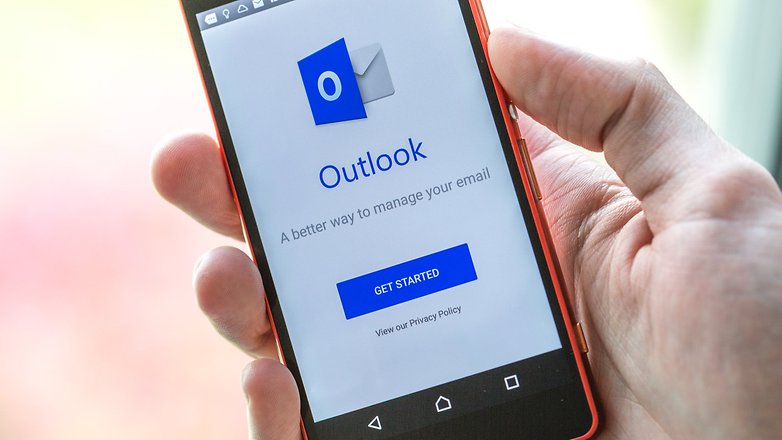Failure in the SpaceX warning system nearly led to satellites collision
The European satellite had to change its position in orbit in order to avoid a collision with the Starlink satellite. SpaceX claims that the failure of the warning system is to blame for the situation.
SpaceX launched one of the Starlink satellites, together with the other 59 satellites, in May this year with the goal of creating a satellite Internet communication channel.According to Forbes, the European Space Agency (ESA) had to make an emergency maneuver, when, according to calculations, the risk of collision became higher than usual.
“The Starlink team exchanged emails with the ESA Aeolus task force when they were warned by the US military about the risk of a 1: 50,000 collision between their two satellites 320 kilometers above the Earth. This was below the safety threshold of 1 in 10,000 for maneuver, so SpaceX and ESA informed each other that they would not move. However, two days later, updated ESA data showed that the risk was higher than 1 in 1000 – to 1 in 591. This meant that one of the satellites needed to be moved to avoid a collision. However, the ESA’s attempts to contact SpaceX were in vain, which resulted in the ESA moving its own satellite”, – Says Forbes.
In turn, SpaceX reported that they did not change the location of Starlink allegedly due to a computer failure that prevented the establishment of communication with ESA.
Changing the location of a satellite on the orbit is a very common thing. When the calculations show at least the minimum chance of a collision, for safety reasons, satellite operators move it. Collision at such speeds is fraught with dangerous consequences, so operators prefer not to take risks.
Read also: Hong Kong users accuse Facebook and China’s Zao app in violating privacy

However, the case with the ESA satellite raises certain concerns, since SpaceX plans to launch 12,000 Starlink satellites in low Earth orbit. Such a large satellite constellation may increase the risk of collisions in space. If ESA had to move its satellite now, how often will it have to do it when SpaceX launches more than a thousand Starlinks?
“We are “not upset” with SpaceX’s lack of correspondence. However, considering that SpaceX plans to launch up to 12,000 Starlink satellites in the coming years, they wanted a more open dialogue to prevent incidents like this in the future”, — said Holger Krag, head of the Space Debris Office at ESA.
Moreover, it is not clear what SpaceX’s touted autonomous collision avoidance system – designed to avoid incidents like this – was supposed to do in this situation.
It was previously reported that SpaceX intentionally refused to move its satellite, but the company itself denied this. According to company representatives, the fault was caused by a failure in its “paging call system”, because of which the Starlink team was not able to receive messages from ESA.





